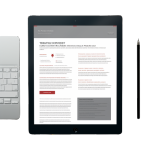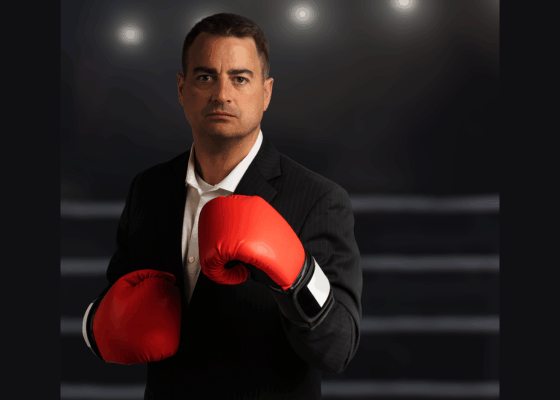
The old rule of thumb — more parameters, more power — is fading fast. Over the past 18 months, AI engineers have discovered that a leaner architecture, when trained the right way, can match (and sometimes beat) networks 100 times its size. That breakthrough shifts the conversation from bragging about billions of parameters to asking a simpler question: How much intelligence can we buy per watt, per dollar, per millisecond of latency?
Smaller models, bigger impact
Two open-source releases highlight the trend. Mistral 7B is a 7-billion-parameter language model built around grouped-query attention, a memory-saving trick that reads prompts in parallel without losing context. On widely used reasoning and coding tests, it overtakes Llama 2 13B, a meta-model with almost twice the weights.
What changed? Research led by DeepMind (“Chinchilla”) showed that once a model is fed enough high-quality data, piling on more parameters produces diminishing returns. A 70-billion parameter network trained under those guidelines beat GPT-3’s 175 billion while consuming a similar compute budget.
Newer “sparse” design pushes efficiency further: Mixtral 8x7B activates only a pair of specialist sub-networks experts for each token, trimming inference cost while rivaling models that are three to ten times larger. Google’s Gemini 1.5 Pro applies a similar recipe, delivering Ultra-level quality on a lighter footprint.
Why efficiency matters for hospitality
Every extra gigaflop spent on AI ultimately appears in one of three places: a higher cloud bill, a larger on-prem server, or a bigger line item on the utility statement. Lean models shrink all three. They cut hosting fees, free up rack space, and trim the property’s energy load — useful when sustainability metrics influence brand standards and guest perception. Lower latency arrives as a bonus: a 7-billion-parameter concierge bot can return an answer in under a second because it isn’t waiting on a hyperscale GPU cluster.








